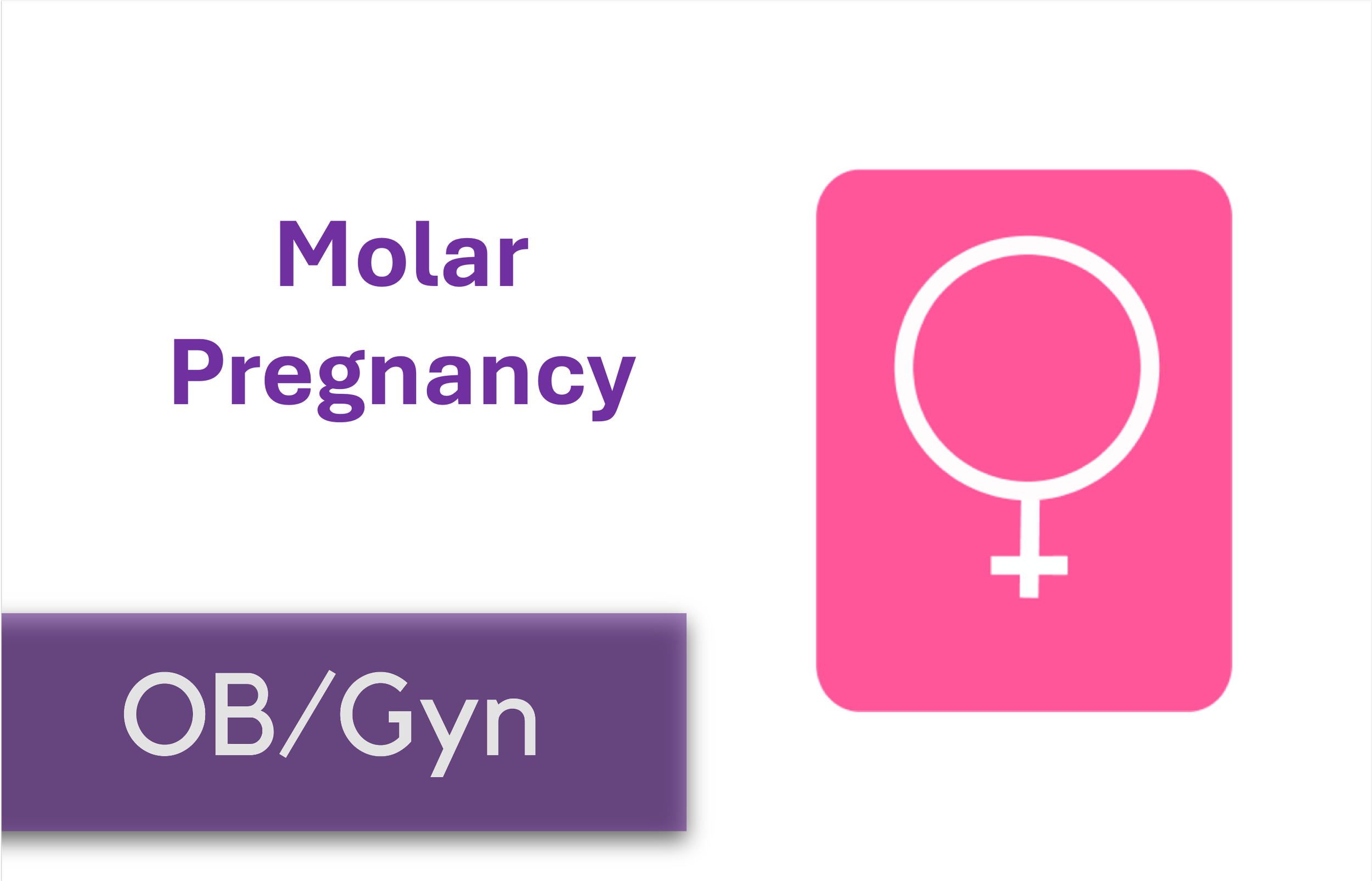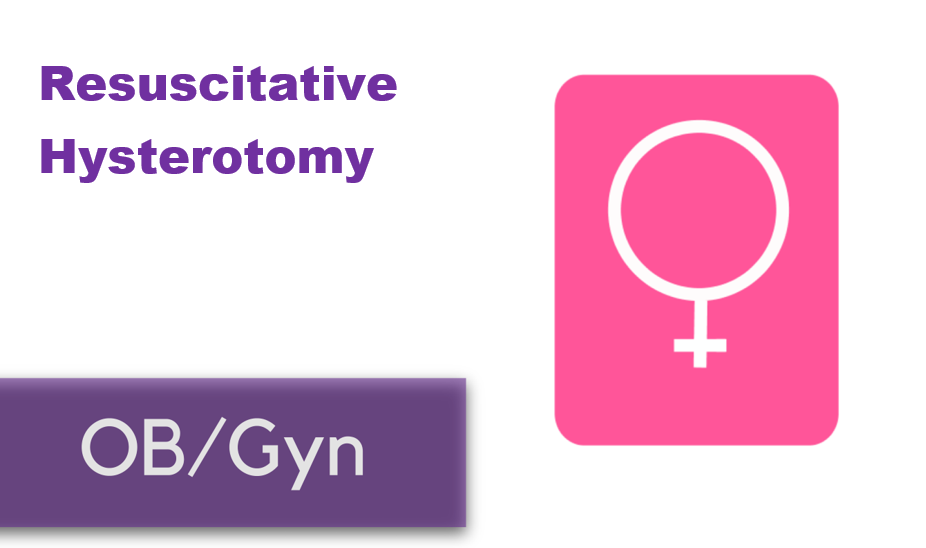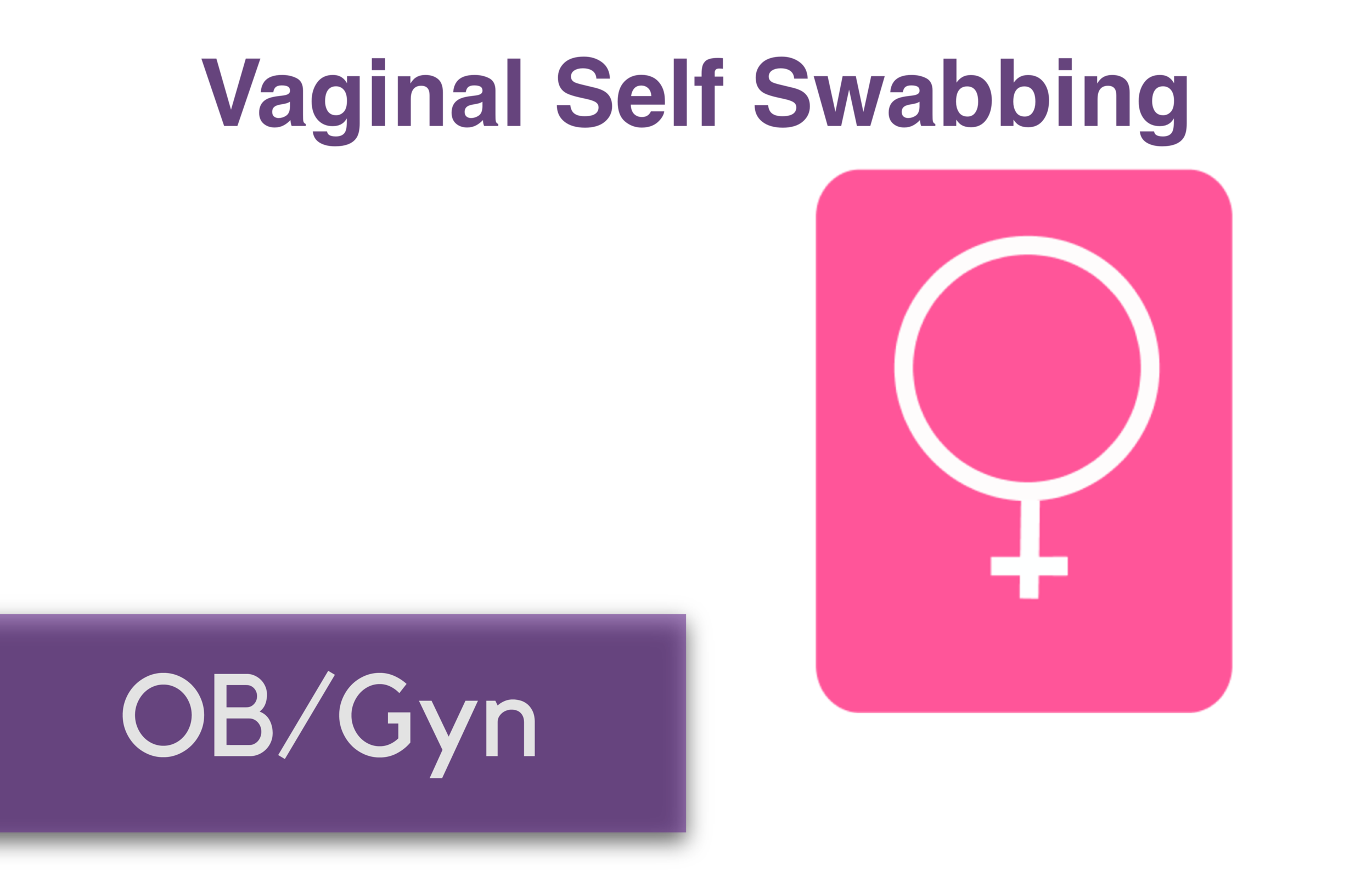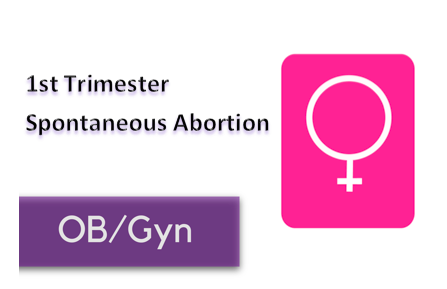Written by: Spenser Lang, MD (NUEM PGY-4) Edited by: Michael Macias, MD, (NUEM Graduate 2017) Expert commentary by: Annie Dude, MD
Introduction
A 26-year-old female G3P3 arrives via ambulance with heavy vaginal bleeding after having a precipitous home delivery of her third child. EMS reports a “pool of blood,” and en route to your facility she continued to bleed briskly.
Post partum hemorrhage (PPH) is a common and dangerous complication of child birth. According to CDC estimates, hemorrhage is the most common cause of maternal death in both developed and developing countries. About 2 out of every 100 births occur either at home, pre-arrival to the hospital or in the ED. With a trend towards home births and free standing delivery centers increasing dramatically in recent years, emergency physicians need to be able to recognize and treat this life threat.
The official diagnosis of PPH is volume-based, however this information is not easily obtainable in the emergency department. A more reasonable approach is to treat the PPH patient the same way you would a traumatic hemorrhage. Allow the patient’s vitals and visualized hemorrhaging to guide the aggressiveness of your resuscitation. Remember, a pregnant woman has ~40% extra circulating blood volume and can cope with a higher amount of blood loss than her non-pregnant counterpart.
Following an algorithmic approach as detailed below is essential to management of these patients.
Management
1. Notify an obstetrician.
- Having the obstetrician on board early will allow for mobilization of definitive treatment such as trans-arterial embolization and/or laparotomy should physical maneuvers, tamponade & uterotonics fail
2. Resuscitate.
- As with any resuscitation, begin with the simple ABC algorithm, addressing any issues as they are identified. Patients should be placed on 15 L of oxygen via face mask regardless of their saturation (if hemorrhage is significant, this will dramatically increase their blood oxygen levels via dissolved O2). If a patient is hemodynamically unstable, early administration of blood products should be considered over large volume crystalloid.
3. Obtain adequate access.
- Two large bore IVs will be necessary if aggressive resuscitation is needed. Consider an intraosseous line early if difficulty obtaining access. Send type and screen, CBC, coagulation panel and fibrinogen. Keep coagulopathy on your differential (Thrombin). This should be done in concert with step 2 described above.
4. Source control
- By far, the most common cause of PPH is uterine atony (Tone). Therefore the first action taken should be physical maneuvers to improve tone. A bimanual uterine massage can be useful in stimulating uterine contractions. At the same time, one can evaluate for retained products of conception (Tissue). If tissue is felt, try to sweep out as much as possible while taking care to avoid uterine perforation. Note that this should be done with an empty bladder therefore a foley catheter should be placed prior to attempting massage.
- If the patient continues to bleed briskly, an effort can be made via balloon tamponade of the uterus, with a foley catheter (or, if available, a Bakri) with ~ 150 ml normal saline injected into the balloon. If the uterus is firm and bleeding continues it is reasonable to assess the genital tract for lacerations of the vaginal wall or cervix (Trauma). Cervical lacerations, ideally, should be repaired by an experienced obstetrician as this can have implications on future fertility. However, a vaginal laceration can be repaired just as a perineal laceration repair, taking care to approximate anatomy with absorbable sutures.
5. Administer uterotonics
- It is reasonable to begin uterotonic therapy in conjunction with uterine massage in a briskly bleeding patient. Oxytocin is first line and 10 U can be given immediately IM or as an infusion at 10 - 40 mU/minute to achieve and maintain uterine contractions. If hemorrhage is refractory to massage and oxytocin, continue pharmacotherapy for ongoing bleeding with Carboprost (Hemabate - 0.25 mg IM) and Misoprostol (cytotec – 1000 mcg per rectum).
Summary
Hemodynamically unstable PPH patients should be resuscitated like any other severely hemorrhaging patient. Utilizing a step wise approach as described above will help you maintain control of the situation. Notify an obstetrician. Resuscitate. Obtain adequate access. Source control. Administer uterotonics.
If the patient remains unstable, a myriad of other options exist with your interventional or obstetrical colleagues, including uterine artery embolization, ligation of uterine/internal iliac arteries, or hysterectomy.
Expert Commentary
This case outlines a common presentation of a postpartum hemorrhage in the ED.
A few points:
- While the patient in this scenario had just delivered, postpartum hemorrhage can occur days or even weeks following delivery/hospital discharge. Delayed postpartum hemorrhages are often caused by infection or retained products of conception, so if a patient is stable enough to perform a bedside scan, looking for retained products (which will show as echogenic on ultrasound) can be helpful. Ultimately, a patient with retained products is likely going to need to go to the OR for a D &C, so this is another reason to call OB/Gyn early.
- In the case of delayed postpartum hemorrhage, realize a patient may have been sent home following delivery with a fairly low hemoglobin, and may not have much reserve even given that pregnant and recently postpartum women have higher circulating blood volumes. She may have also lost a lot of blood prior to presentation, either that day or slowly over the past days/weeks.
- When interpreting DIC labs, remember that fibrinogen levels are higher in pregnant, as compared to nonpregnant, women. Thus, a ‘normal’ fibrinogen level may still represent a significant decrease. Most protocols for blood product resuscitation in the case of a postpartum hemorrhage involve replacement of clotting factors and fibrinogen along with packed red blood cells as DIC is fairly common with large volume blood losses.
- There are two goals of performing a bimanual exam: fundal massage and clot evacuation. Uterine atony will not improve if there is a large volume of clot in the uterus, so be aggressive about clearing these clots out.
- Uterine massage can be quite painful; if possible give either IV or IM narcotic (morphine, fentanyl, or dilaudid) prior to starting.
- Cervical lacerations and complex perineal lacerations often need to be repaired in the OR, either for better visualization or better pain control, often with either a spinal or epidural to help keep the patient comfortable and still. Packing the vagina with kerlix gauze while waiting for OB/Gyn can be one strategy to reduce bleeding.
- A good way to determine ongoing blood loss is to have someone weigh the chux with the blood on it (1 gram = 1 ml).
One other note: the box with risk factors for postpartum hemorrhage also include parity (the more
babies a woman has had, the higher the risk), a macrosomic fetus, and polyhydramnios.
Annie Dude, MD PhD
Maternal-Fetal Medicine Fellow, Northwestern Obstetrics & Gynecology
Posts You May Also Enjoy
How to cite this post
[Peer-Reviewed, Web Publication] Lang S, Macias M (2018, Feb 12). Post Partum Hemorrhage in the ED. [NUEM Blog. Expert Commentary By Dude A]. Retrieved from http://www.nuemblog.com/blog/post-partum-hemorrhage.
References
- MacDorman, M. F., Mathews, T. J., & Declercq, E. (n.d.). Trends in out-of-hospital births in the United States, 1990-2012.
- MacDorman, M. F., Mathews, T. J., & Declercq, E. R. (2012). Home births in the United States, 1990-2009. Hyattsville, MD: U.S. Dept. of Health and Human Services, Centers for Disease Control and Prevention, National Center for Health Statistics
- Marx, J. A., Hockberger, R. S., Walls, R. M., & Adams, J. (2002). Rosen's emergency medicine: Concepts and clinical practice. St. Louis: Mosby.
- Prevention and management of postpartum haemorrhage - RCOG. (n.d.). Retrieved July 23, 2016, from https://www.rcog.org.uk/globalassets/documents/guidelines/gt52postpartumhaemorrhage0411.pdf
- Anderson, J. M., MD, & Etches, D., MD. (n.d.). Prevention and Management of Postpartum Hemorrhage. Retrieved July 27, 2016, from http://www.aafp.org/afp/2007/0315/p875.html











